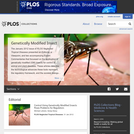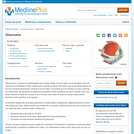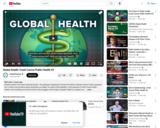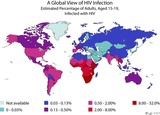
This resource is a video abstract of a research paper created by Research Square on behalf of its authors. It provides a synopsis that's easy to understand, and can be used to introduce the topics it covers to students, researchers, and the general public. The video's transcript is also provided in full, with a portion provided below for preview:
"Research has identified remarkably effective treatments for breast cancer But translation of these results to all patients requires pharmacogenetic research using diverse patient populations Although tamoxifen has been used to reduce the risk of breast cancer recurrence for the past 40 years Little is known about how well the drug works in American Indian and Alaska Native (AIAN) people A recent study focused on genetic variants of the cytochrome P450 gene CYP2D6, which is critical for tamoxifen activation Looking at AIAN participants in Alaska and Montana they identified common CYP2D6 variants in these populations that may affect tamoxifen metabolism Patients with these variants may not respond well to tamoxifen treatment and may benefit from alternative therapies This study highlights the key role of CYP2D6-mediated metabolism in tamoxifen response and suggests that considering genetic variation in diverse populations can help to improve the efficacy of breast cancer treatment We thank women from the Confed.."
The rest of the transcript, along with a link to the research itself, is available on the resource itself.
- Subject:
- Applied Science
- Health, Medicine and Nursing
- Material Type:
- Diagram/Illustration
- Reading
- Provider:
- Research Square
- Provider Set:
- Video Bytes
- Date Added:
- 06/23/2020









